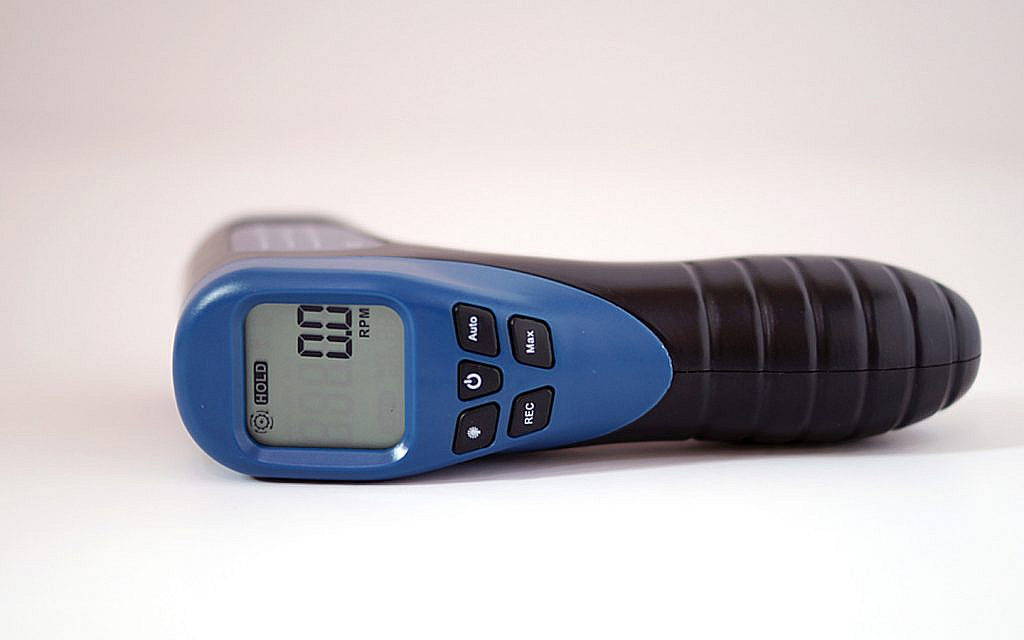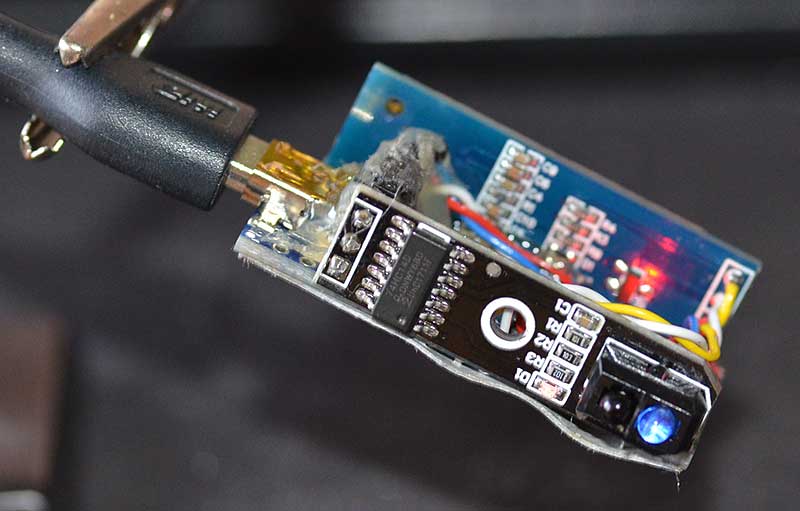If you are a small engine enthusiast or professional, you understand the importance of picking the right tools for the job. One essential instrument is the tachometer. But, what is the best tachometer for small engines? In this article, we’ll delve into the tremendous options available and help you decide which one suits your needs best.

Why You Need a Tachometer
A tachometer measures the speed of your engine’s rotation, commonly in RPM (revolutions per minute). This is crucial for maintaining an engine’s health and maximizing its performance. Incorrect engine speed can cause various issues, from overheating to inefficiency.
Having a tachometer allows you to:
- Monitor and maintain optimal engine performance
- Ensure safe operation
- Identify mechanical issues early
- Enhance fuel efficiency
Types of Tachometers
Analog Tachometers
Analog tachometers have been around for decades. They are reliable and easy to read, often featuring a simple dial with a needle. This makes them a favorite among many small engine professionals.
Digital Tachometers
These offer higher precision and often come with additional features, like memory storage and multiple measurement functions. Digital tachometers can be more expensive but provide more comprehensive data.
Contact Tachometers
Contact tachometers require physical contact with the moving parts of the engine. They are great for high-accuracy measurements and are often used in professional settings.
Non-Contact Tachometers
These use laser or optical sensors to measure RPM without touching the engine. They offer convenience and are generally easier and safer to use.
Factors to Consider When Choosing a Tachometer
Accuracy
Ensure that the tachometer provides accurate readings. This is paramount for diagnosing and maintaining engine health. Check specifications to match the tachometers accuracy level with your needs.
Durability
Your tachometer should withstand the conditions in which you’ll use it. Look for models made with high-quality materials that can endure various environmental factors.
Ease of Use
Simplicity can be a significant advantage. Make sure the device is user-friendly, especially if you need quick readings.
Extra Features
Consider additional features like memory storage, dual-mode options, and Bluetooth connectivity. These can offer more flexibility and improved user experience.
Top-Recommended Tachometers for Small Engines
Example Model 1
This model is known for its exceptional accuracy and durability. It’s an analog type, making it simple to use and very reliable.
Example Model 2
For those needing a bit more functionality, this digital tachometer offers multiple modes and has a memory storage feature.
Example Model 3
This non-contact tachometer provides the best convenience and safety, using optical sensors to measure the engines RPM.
How to Use a Tachometer
Using a tachometer is generally straightforward. Follow these steps for accurate readings:
- Ensure the engine is in good condition.
- Attach the tachometer according to the manufacturers instructions.
- Take readings at various operating conditions.
- Repeat measurements to ensure accuracy.
For more detailed information, you can check the comprehensive guide on tachometers.
Common Issues and Troubleshooting
Even the best tachometers can face occasional issues. Here are some common problems and how to solve them:
Inaccurate Readings
Ensure sensors are clean and properly aligned.
Device Not Powering On
Check battery levels and connections.
Erratic Display
Reset the device and consult the user manual.
Maintenance Tips
Keeping your tachometer in good shape is essential for its longevity and performance:
- Regularly clean sensors and display.
- Store in a protective case when not in use.
- Replace batteries as needed.
Where to Buy the Best Tachometers
For the best deals and authentic products, consider purchasing from reputable online platforms and specialized stores.
Professional Insights
Many industry professionals recommend a blend of analog and digital tachometers. The analog models are perfect for quick checks, while digital ones provide more detailed data.
For additional insights, visit our small engine resource.
Conclusion
When it comes to choosing the best tachometer for small engines, there are plenty of tremendous options available. By considering factors like accuracy, durability, ease of use, and additional features, you can find the right tachometer to suit your needs.

FAQs
What types of tachometers are best for beginners?
Analog tachometers are recommended for beginners due to their simplicity.
Can I use a non-contact tachometer for any engine?
Yes, non-contact tachometers are versatile and can be used for various engines.
Do extra features justify the higher cost?
Extra features like memory storage and Bluetooth can provide added convenience, making them worth the investment.